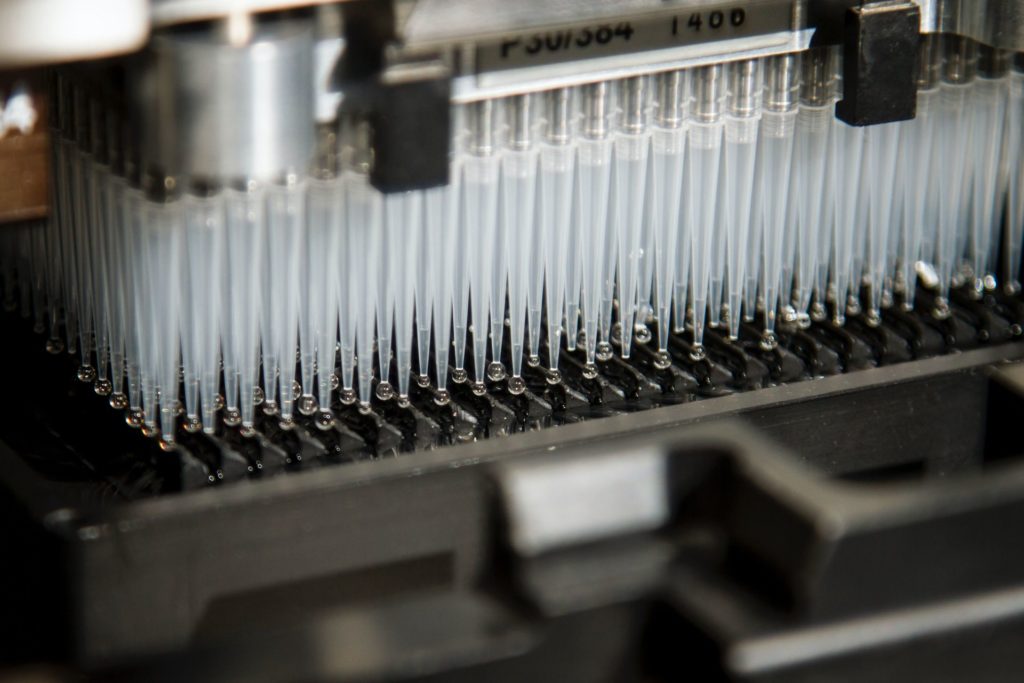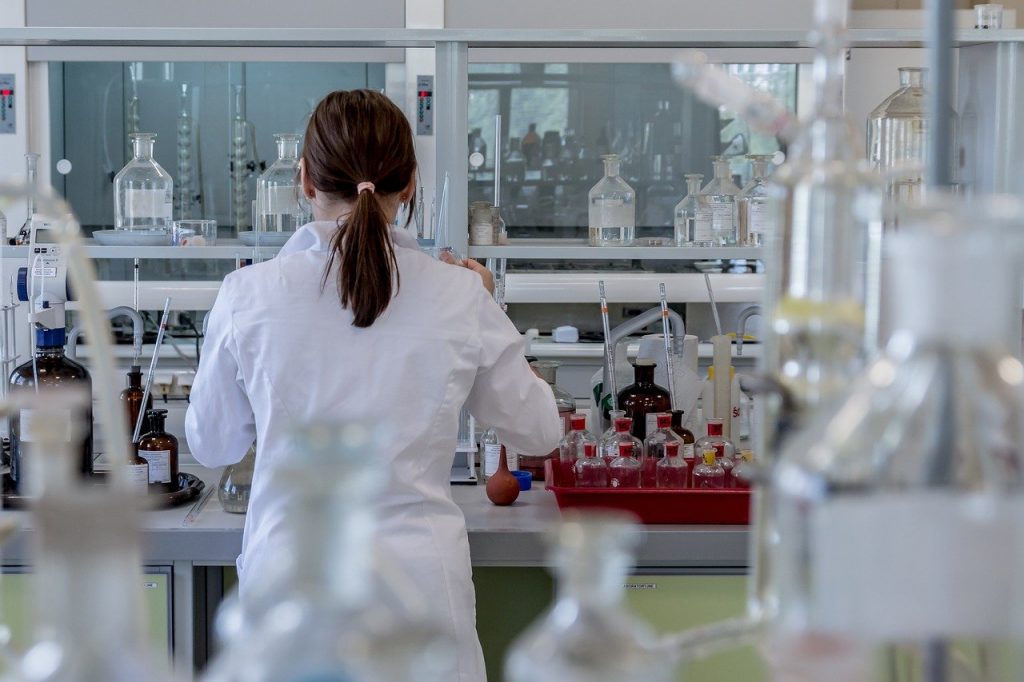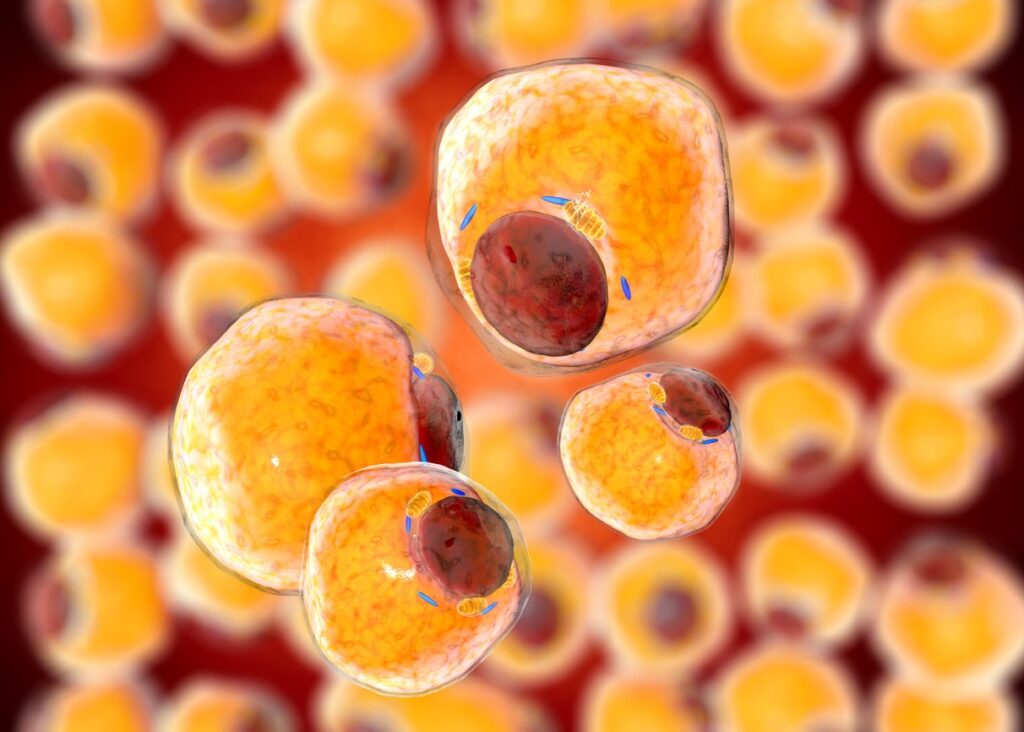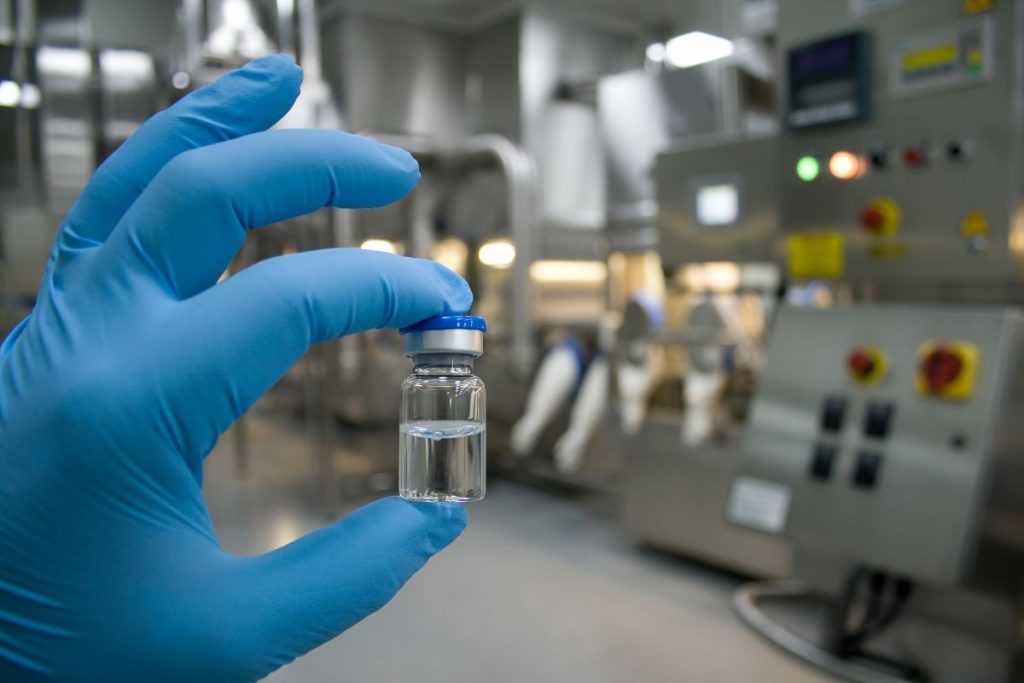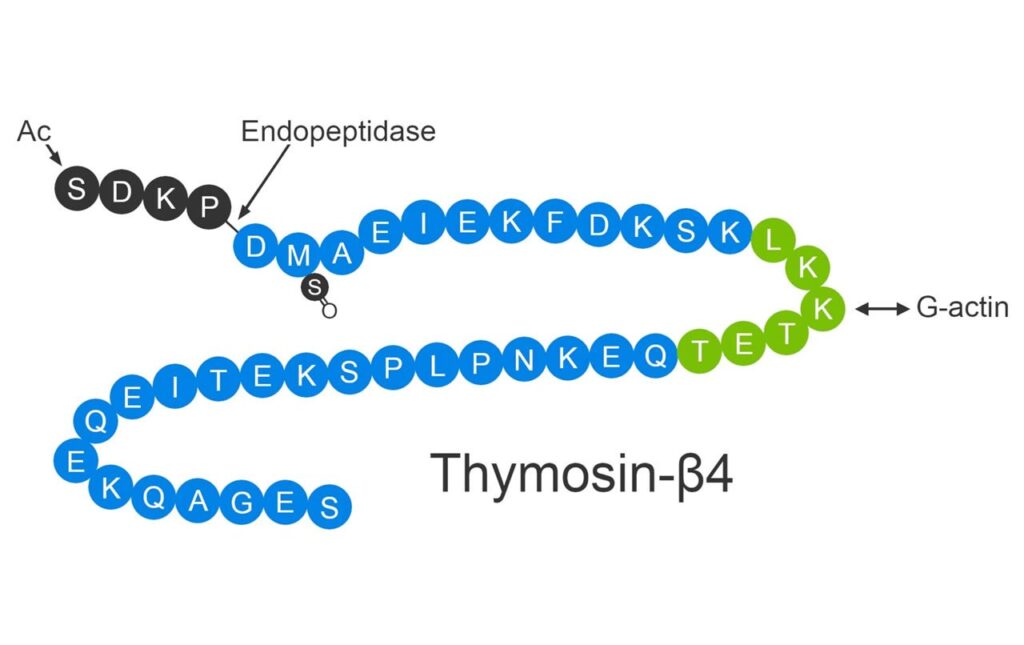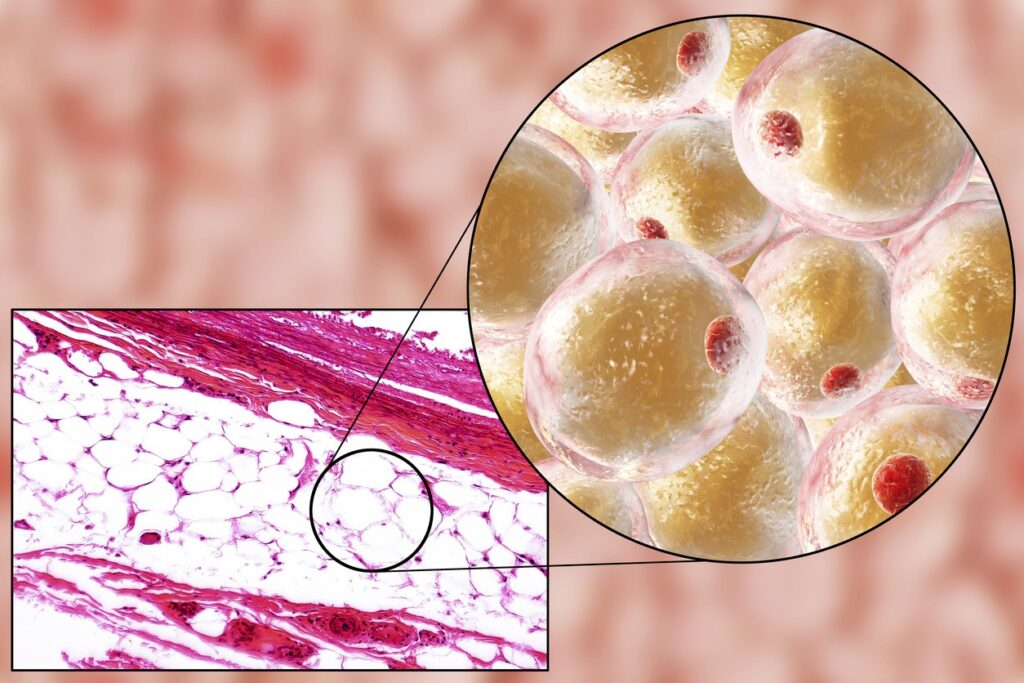No products in the cart
Peptide Blog
All articles and shared info are for educational purposes only.
Latest Peptide Articles
Sermorelin Studies and Growth Hormone
Comparing Sermorelin and Growth Hormone Sermorelin, a member of the peptide group known as the Growth Hormone-Releasing Hormone Analogues, might contribute to improving wound healing, hunger hormone signaling, bone density, cell age mitigation, and maintaining endogenous growth hormone production in periods of natural decline. It is considered an interesting peptide for researchers, especially working in...
Overview of Ipamorelin and Peptide Research
Ipamorelin is a derivative of the growth hormone-releasing peptide-1, which is derived from the natural protein hormone ghrelin. Ghrelin is often termed the hunger hormone. The stomach produces ghrelin, and its exposure appears to stimulate caloric intake. The cells in the anterior pituitary gland are speculated to be activated by ghrelin, which might increase the...
Adipotide and Obesity Related Studies
Adipotide is a peptidomimetic compound having the molecular sequence of CKGGRAKDC-GG-D(KLAKLAK)2. The molecule has been suggested to mediate selective apoptosis of blood vessels, which supply adipocytes, thus causing weight loss in rhesus monkeys and mice. White adipocytes may be formed due to excess energy consumption compared to utilization. The targeted blood vessels upon Adipotide peptide...
Differences in CJC-1295 vs Sermorelin for GHRH Delivery
Both Sermorelin and CJC-1295 are peptide derivatives of growth hormone-releasing hormone (GHRH) and are often compared regarding their properties and functions. In addition to the number of actions they share, CJC-1295 and Sermorelin also appear to exhibit differences. Sermorelin is also known as GHRH 1-29, the first 29 amino acids from a large growth hormone-releasing...
Peptide Reconstitution
Peptides are short stretches of amino acids often referred to as the building blocks of proteins. Peptides often mimic the function of essential proteins or hormones and help to establish the same chemical action, albeit in a more controlled way, of their parent proteins. Lyophilized Peptides Manufacturers sell peptides in freeze-dried powder, or lyophilized...
Thymosin Beta 4 (TB-500) for Tissue Repair and Renegeration
TB-500, also recognized as Thymosin Beta 4 or Tβ4, is been involved in various research endeavors to understand its mode of action and full physiological impact. TB-500 is an oligopeptide comprised of 43 amino acids, with an approximate molecular weight of 4.9 kDa. It is found distributed across various tissues, excluding Erythrocytes (red blood cells)....
BPC-157 Peptide and Injuries, Lesions
In the realm of peptide research, there is a prevailing focus on exploring peptide influence in cell migration, proliferation, and tissue repair. Researchers suggest that peptides exhibiting tissue repair potential are a key area of interest, with BPC-157 garnering significant repute in research studies relating to that focus. This article aims to provide insights into...
The Potential of GHRP-6
GHRP-6 is a hexapeptide that is derived synthetically from met-enkephalin. This hexapeptide was identified almost a decade ago and is the first to be studied in animal test subjects. It consists of a chain of six unnatural D amino acids named L – Histidine, D – Tryptophan, L – Alanine, L – Tryptophan, D – Phenylalanine,...
Fragment 176-191 and Fat Cell Interaction
Fragment 176-191 is a synthetic peptide fragment of growth hormone (hGH). It spans from the 176th to the 191st amino acid residues of the growth hormone. The fragment comprises an additional tyrosine amino acid residue apart from amino acids 177-191. Research has suggested that Frag 176-191, a synthetic Growth Hormone Releasing Hormone (GHRH) agonist, may...

